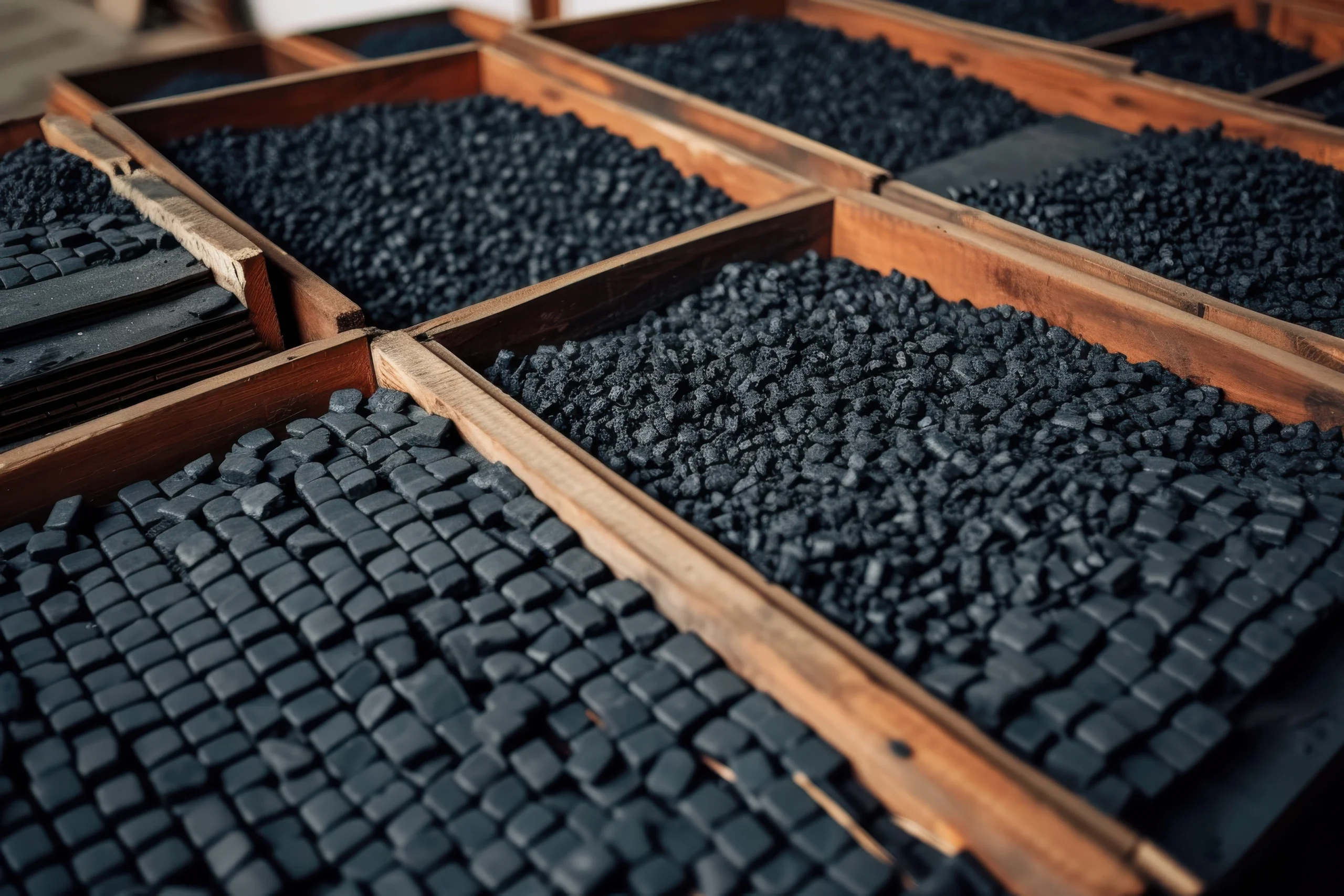Coconut Shell Briquettes are becoming an increasingly popular alternative to traditional charcoal. Derived from the leftover shells of coconuts, these briquettes offer an environmentally friendly fuel source for cooking, heating, and industrial applications. By using what would otherwise be agricultural waste, Coconut Shell Briquettes help reduce deforestation and lower carbon emissions.
The production and use of Coconut Shell Briquettes not only make use of renewable biomass but also align with global sustainability goals. In every stage of their lifecycle—from sourcing to usage—Coconut Shell Briquettes provide an efficient, clean-burning, and sustainable option for consumers and businesses alike.
Environmental Advantages of Coconut Shell Briquettes
Using Coconut Shell Briquettes presents numerous ecological benefits. Unlike traditional charcoal, which often involves cutting down trees, these briquettes are made from waste coconut shells—thus minimizing environmental harm.
Some key environmental advantages include:
- Reduced deforestation by utilizing agricultural waste
- Lower carbon emissions during production
- Cleaner burning with less smoke and pollutants
- Biodegradable ash that can serve as a fertilizer
According to research published in ScienceDirect, Coconut Shell Briquettes produce fewer harmful gases compared to conventional fuels, making them a cleaner alternative for both rural and urban energy consumers.
How Coconut Shell Briquettes Are Made
The production of Coconut Shell Briquettes involves a multi-step process that ensures high energy efficiency and minimal waste:
- Coconut shells are collected from local farms and coconut processors.
- The shells are carbonized in a kiln to produce charcoal.
- The charcoal is ground into a fine powder.
- A natural binder, such as tapioca starch, is added.
- The mixture is compressed into briquette shapes.
- The briquettes are dried and packaged for distribution.
This straightforward production process adds value to waste materials and requires minimal energy input compared to the production of fossil fuels. It also enables rural communities to participate in the green energy economy.
Economic Impact and Market Growth
The market for Coconut Shell Briquettes is experiencing significant growth. As environmental awareness and fuel prices continue to rise, many regions are turning to briquettes as a cost-effective, sustainable solution.
According to DataIntelo, the global market for Coconut Shell Briquettes is expected to grow from USD 8.5 billion in 2023 to USD 14.7 billion by 2032, at a CAGR of 6.3%. This growth is driven by:
- Increased consumer demand for eco-friendly products
- Expansion of the food service industry
- Rising global fuel prices
- Government initiatives promoting renewable energy
Indonesia, the Philippines, India, and Sri Lanka are among the leading exporters, thanks to their large coconut farming sectors and support for sustainable industries.
Practical Applications of Coconut Shell Briquettes
Coconut Shell Briquettes are used across various sectors, thanks to their high calorific value and long-burning properties. Some common applications include:
- Cooking fuel for households
- Barbecue and grilling in restaurants
- Heating in cold regions
- Industrial use in kilns and boilers
Their efficiency and minimal smoke output make them ideal for both indoor and outdoor use. In many urban areas, restaurants are replacing wood charcoal with Coconut Shell Briquettes to improve air quality and reduce operating costs.
Case Studies and Real-World Impact
In Indonesia, coconut shell briquette production has created thousands of jobs in rural areas. Local producers sell to both domestic markets and export to countries such as Saudi Arabia, Germany, and the U.S., where the demand for sustainable barbecue charcoal is growing.
A case study published in JESTEC highlighted that converting coconut shells into charcoal briquettes is not only technically feasible but also economically viable. The project demonstrated reduced household energy costs, lower indoor pollution, and improved public health.
Meanwhile, in Ghana, local NGOs have initiated projects to promote Coconut Shell Briquettes in place of firewood and kerosene. The results include significant reductions in deforestation and indoor air pollution, benefiting both the environment and public health.
Challenges Facing the Industry
Despite their many benefits, Coconut Shell Briquettes still face several challenges:
- Raw material supply may fluctuate due to seasonal coconut harvesting.
- Some markets are unfamiliar with briquettes and may resist switching from conventional fuels.
- Limited infrastructure for mass production and export in some countries.
- Quality control and standardization remain inconsistent across producers.
To overcome these barriers, collaboration between governments, NGOs, and private sectors is essential. Investment in training, technology, and infrastructure will further strengthen the Coconut Shell Briquette industry.
Future Prospects and Sustainability
Coconut Shell Briquettes have enormous potential as the world transitions to renewable energy sources. Their low environmental footprint, affordability, and accessibility make them an ideal solution, especially for developing nations striving for energy security.
Researchers continue to explore innovations in briquette production, such as improving energy density and developing faster carbonization techniques. As climate change accelerates, Coconut Shell Briquettes are likely to play an even more critical role in reducing emissions and promoting sustainability.

